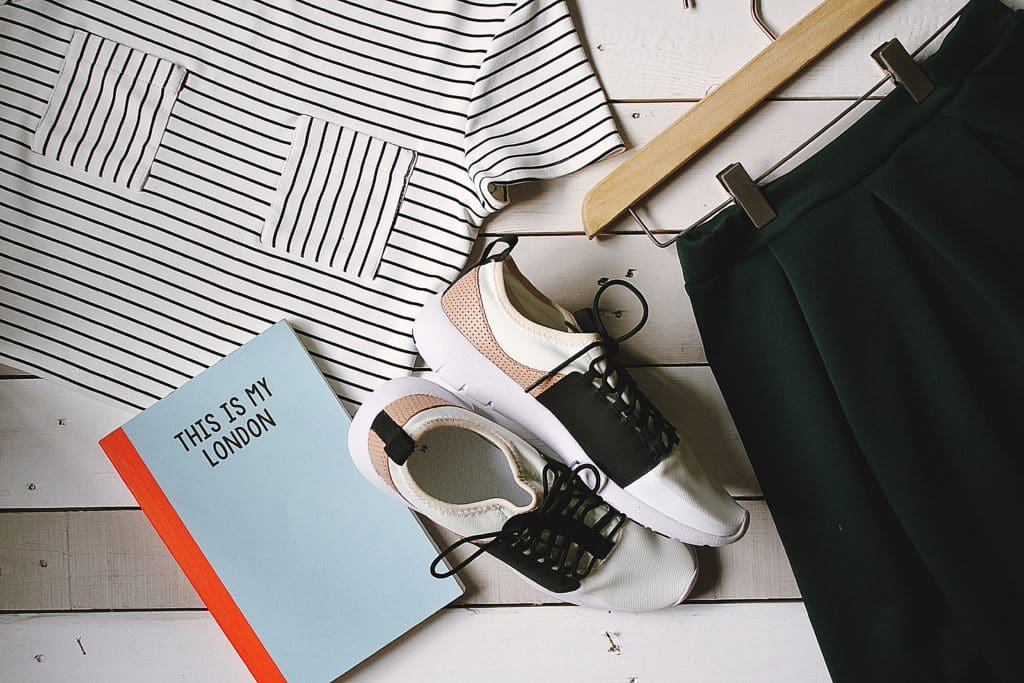Introduction
Circular fashion is fast becoming a cornerstone of the fashion industry. Not only is it a more sustainable way to source and produce clothing and household textiles, but it also offers the hope of a more socially and economically equitable future for all.
At its core, circular fashion is about gently changing the way people think about and use their textiles and clothes – this means extending the life of a garment, either through repairing or recycling them, or through better sourcing and manufacturing practices. By producing clothing and household textiles with the intent of collecting them and turning them into new clothing and household textiles, we can close the loop on our fashion industry and our fashion footprint.

For fashion companies, this means a shift away from a linear production model, where materials are sourced, manufactured, and thrown away in a non-recycling cycle. Instead, companies can use the circular model to source more sustainably-sourced materials and repurpose them in a continual cycle that shrinks the industry’s toll on both people and the planet.
For consumers, circular fashion brings tangible benefits – the option to extend the life of their clothes and reduce the impact they have on the environment. By shopping for better quality items that will last longer and sharing clothes with family and friends, consumers can offset the need to buy more and more clothing and accessories. Additionally, renting clothes, or using circular fashion exchange platforms, enables people to explore more creative fashion options without necessarily having to purchase them.
The economic benefits of circular fashion are also significant. In a traditional linear clothing system, most of the value created goes to the middleman, such as designers, marketers, and stores. But in the circular economy, the value goes to the creators of the product. When consumers have a more direct connection to the origin of their clothes, they are more likely to invest in higher-quality items – items that are designed to last and be repaired or reutilized at a later date – and the creators of those items benefit directly from that.
The Importance of Circular Fashion
In the modern world of fashion, the term “circular fashion” has become increasingly popular, yet many people do not understand the concept or its importance. The circular fashion movement is a sustainability strategy where a garment’s life span is extended to its fullest potential to minimize the impact of waste on the environment. Circular fashion is a holistic approach to fashion production that also works to materialize the principles of the circular economy.
Clothing production in the fashion industry is a major contributor to environmental damage in the world. The production of a single garment involves the usage of non-renewable resources, such as water, energy, and raw materials. As the demand for fast fashion rises, more and more of these resources are being consumed. In addition, chemical dyes, finishes, and other materials used to produce clothing are often released into the atmosphere, leading to pollution and health concerns.
Circular fashion addresses these issues by focusing on the reuse and repurposing of materials. By producing clothing and household textiles with the intent of collecting them and turning them into new clothing and household textiles, we can close the loop in apparel production and lessen our impact on the environment.
This circular design model has multiple advantages. Reusing existing garments and fabric reduces the number of new resources needed to produce clothing and cuts down on energy consumption, allowing for a more sustainable fashion industry. Additionally, the reuse of materials can also extend a garment’s life span, reducing the amount of clothes disposed of in landfills or incinerators, and slowing down the turnover rates of stock.
Conclusion
One way of promoting circular fashion is by encouraging customers to shop for second-hand and up-cycled clothing. By buying clothes made out of reused materials, customers are supporting an eco-system that reduces textile waste while at the same time making sustainable fashion more accessible to people of all economic levels. Furthermore, many companies are circularly leading the charge by creating rental and resale services. These businesses offer an innovative way of bringing the masses into the actual circulation of goods by providing an economic model which incentivizes people to buy and rent reused clothing. Finally, by recycling your clothing and household textiles with Zero Panik, you can not only help reduce landfill capacity but also increase brand preciousness and help promote producer responsibility.
